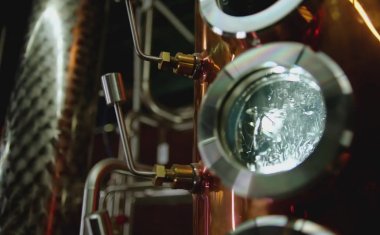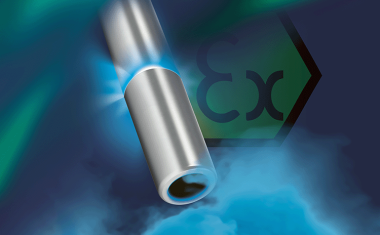EU Chemicals Production up 10% in 2010
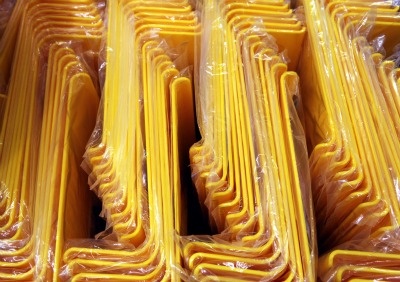
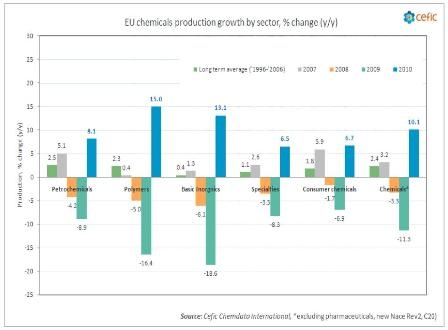

EU chemicals production pushed further upwards in December, increasing 3.9% compared with December 2009, according to the latest Cefic Chemicals Trends Report. As expected earlier, December figures were lower than November due to normal seasonal slowdown, resulting in a year-on-year annual growth rate of 10.1% for 2010.
Cefic Chief Economist Moncef Hadhri commented: "The EU chemicals sector has enjoyed a strong 2010, but the industry remains about 5.6% below pre-crisis levels. The data indicate that the EU chemicals sector recovery will continue in 2011 at a slower pace, with some differences between countries and chemicals sub-sectors."
Out Of The Abyss: Production Up 18.1% From December 2008 Low
The December 2010 EU production index was 18.1% higher than the bottom level reached in December 2008 and 3.9% higher than December 2009. Production was up 10.1% for full-year 2010 compared to the year prior, due to export-driven growth and increased orders from other EU manufacturing sectors.
Export-Led Recovery: Trade Surplus Up 9.7% In First 11 Months Of 2010
The EU external trade surplus for chemicals improved during the first 11 months of 2010 by 9.7% compared with the same period the previous year. The sector generated an extra-EU trade surplus of nearly €42.9 billion in the period from January to November 2010, up €3.8 billion compared with the same period in 2009. Specialty chemicals mainly contributed to the additional surplus, sectoral analysis reveals. External demand from non-EU Europe, Latin America, and emerging Asia primarily drove the EU trade surplus spike during the first 11 months of 2010.
Exports Drive Sales: Chemicals Sales Up 17.4% In First 11 Months Of 2010
Chemicals sales in November 2010 were 16.1% higher on a year-on-year basis. Exports drove sales during the first 11 months of 2010, with total sales up 17.4% compared to the same period in 2009.
Sector Trends: Polymers, Petrochemicals, Basic Inorganics Are Recovery ‘Standouts'
Industry production growth continued in December for three standout sectors: polymers, basic inorganics and petrochemicals. Polymer production rose by 15% during the whole year 2010, compared to 2009. Basic inorganics and petrochemicals rose by 13.1 and 8.1%, respectively, for the same full-year period.
Other chemicals sub-sectors less affected by the crisis — namely consumer and specialty chemicals — have been recovering at a more modest rate. Production rose by 6.5% in specialty chemicals and 6.7% for consumer chemicals during 2010.
Customer Trends: Significant Recovery Registered In 2010 By Most EU Chemicals Consumers
The EU chemicals sector was buoyed by EU industry, thanks to a full-year production level in 2010 expanding by 7.2% on a year-on-year basis. Industry has kept on a steady recovery path since April 2009, despite sectors experiencing different impacts from the crisis. The biggest production increases for 2010 came from automotive, 21.3%; basic metals, 18%; electrical equipment, 10.3%; and chemicals, 10.1%. Construction, a key chemicals customer, however, fell by 4.0%.
Strong increase in EU Economic Sentiment Indicator (ESI): Climbs 1.4 Points to 107.2
The latest Economic Sentiment Indicator (ESI) resumed its upward trend in February in both the European Union and the euro area, according to the February 2011 Business and Consumer Survey (BCS) published by the European Commission. The monthly survey reported that after pausing in January, the EU indicator increased strongly in February, climbing by 1.4 points to 107.2. Service sector sentiment showed a significant rise and mainly drove improvement. Most Member States recorded an improvement in sentiment.
February ESI Reaches Above Long-term Average in most Member States, Spain Still Lags
The ESI is now above its long term-average in six out of the seven largest member states, with Spain still catching up. Sentiment in industry increased further by 1.1 points in the EU. The gain in confidence in this sector reflects sizeable improvements in both (domestic) order books and export order books. Managers were also optimistic about their production expectations and employment expectations. Sentiment in services rose significantly. Managers were especially upbeat about the evolution of demand observed in the past months, while they were more cautious about expected demand. Sentiment in construction increased significantly as well, although the indicator remains at very low levels. Sentiment in the retail sector weakened substantially in the European Union. Confidence among consumers remained stable in the EU. Managers in industry and services signaled a significant increase in their selling price expectations, while households also reported a rise in their assessment of past and future price trends.
most read
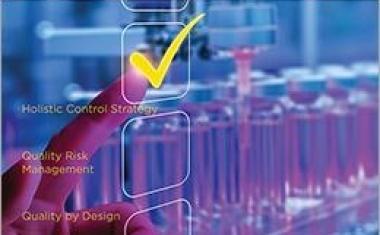
ISPE Good Practice Guide: Validation 4.0
The Validation 4.0 Guide provides a comprehensive approach to ensuring product quality and patient safety throughout a pharmaceutical product's lifecycle.

Pharma 4.0 – the Key Enabler for Successful Digital Transformation in Pharma
Part 1: Building a Business Case for Pharma 4.0
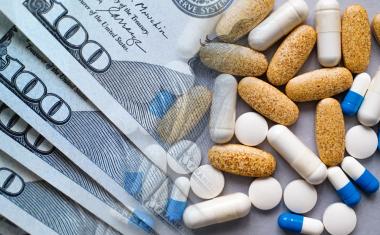
US Tariffs Fatal for European Pharma
Trump's tariff policy is a considerable burden and a break with previous practice.

20 Years of CHEManager International
Incredible but true: CHEManager International is celebrating its 20th anniversary!
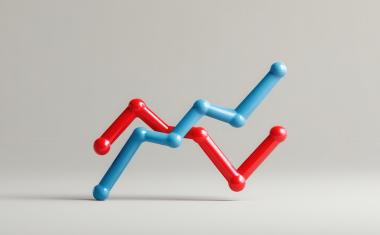
Q1 2025 Chemical Industry: Diverging Trends
The first quarter of 2025 highlights a continued divergence between the European and US chemical industries.

